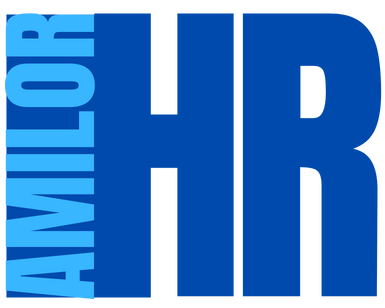Electronic document management (EDM) has become an indispensable tool for companies seeking to optimize their management and organization. Fortunately, there are a number of free solutions that enable small businesses to benefit from these advantages without straining their budgets. Let’s take a look at the best free EDM software options and their features.
The advantages and limitations of free EDM software
Opting for free EDM software offers a number of advantages, particularly for small businesses. These solutions offer cost-effective document management while remaining scalable thanks to their active user communities. What’s more, their code is often open-ended, enabling greater customization.
On the other hand, it’s worth noting the inherent limitations of these tools:
- Reduced functionality compared to paid versions
- less robust security and performance
- often complex user interface
- Limited technical support
- Irregular updates and more frequent bugs
These constraints explain why free EDM software is best suited to freelancers and small businesses with a moderate volume of documents to manage. Larger companies generally require more comprehensive pay-as-you-go solutions to meet their specific needs.
The best open source EDM solutions
Among the most popular free EDM software, there are several interesting options:
| Software | Strengths | Weak points |
|---|---|---|
| Alfresco | Complex and versatile | Complex, API problems |
| Nuxeo | Simplified capture | Difficult to learn |
| Logical Doc | Lightweight and fast | Limited functionality, unintuitive interface |
| Knowledge Tree | Advanced features | Unintuitive |
| Mayan EDMS | Efficient and easy to use | Limited to the cloud |
Each of these solutions has its own advantages and disadvantages. It’s vital to assess your company’s specific needs before making your choice. For example, if you’re looking for a simple solution for a small team, Mayan EDMS may be the right choice. On the other hand, if you need more advanced functionality and are prepared to invest time in configuration, Alfresco might be more appropriate.

Criteria for choosing a free EDM tool
To select the free EDM software best suited to your needs, several factors need to be taken into account:
- Functionality requirements: Identify the functions that are essential to your business (indexing, advanced search, workflow, etc.).
- Security and confidentiality: Make sure the solution offers an adequate level of protection for your sensitive documents.
- Ergonomics and ease of use: An intuitive interface will encourage adoption by your teams.
- Search and indexing capabilities: Check that the software enables documents to be found quickly.
- Compatibility with existing systems: The EDM must integrate seamlessly with your IT infrastructure.
It’s also crucial to consider the quality/feature ratio offered by each solution. Although free of charge, some options may require significant resources to set up and maintain. In some cases, it may be wiser to opt for a paid solution offering a better long-term return on investment.
Free or paid EDM software: which to choose?
The decision between free and paid EDM software depends on a number of factors. Smaller organizations with limited document management needs can generally make do with a free solution. These tools provide a good basis for starting to organize digital documents efficiently.
However, as a company grows and its needs become more complex, a paid solution may become necessary. Professional EDM software generally offers :
- More advanced, customizable features
- Enhanced security and standards compliance
- Dedicated technical support
- Regular updates and greater stability
- Greater integration with other enterprise tools
For companies managing large volumes of documents, or with specific HR document management needs, a pay-as-you-go solution may be more appropriate. In particular, it will enable better management of access rights, more complex validation workflows and enhanced traceability.
It’s worth noting that some free solutions offer paid premium versions. This approach allows you to test the software free of charge before investing in a more complete version if necessary. This is an excellent way to assess whether the solution meets your expectations before making a financial commitment.
Optimizing file structure for efficient EDM
Whichever EDM software you choose, free or paid, the efficiency of your document management will depend largely on the structure of your files. A clear, logical organization will make it easier to find and access documents, similarly improving the productivity of your teams.
Here are a few best practices for optimizing your file structure:
- Consistent naming: Adopt a clear, uniform naming convention for all your documents
- Logical tree structure: Create a folder hierarchy that reflects your company’s organization
- Relevant metadata: Use tags and attributes to facilitate searching and sorting
- Versions and revisions: Set up a version management system to track document evolution
- Access rights: Define authorization levels adapted to each user or group
By applying these principles, you’ll maximize the benefits of your EDM solution, whether free or fee-based. A good document structure will also facilitate the management of your projects and events, by enabling rapid access to all necessary information.
Don’t forget that setting up an effective EDM is an ongoing process. It’s important to regularly train your teams in best practices, and to adjust your system as your needs evolve. This approach will help you get the most out of your EDM software, whether free or paid, and optimize the management of your digital documents over the long term.
Ultimately, choosing free EDM software can be an excellent option for beginners or small organizations. Nevertheless, it’s crucial to carefully assess your current and future needs to determine whether a free solution will be sufficient in the long term. In any case, good organization and thoughtful use of your EDM will enable you to significantly improve the management of your digital documents, thereby contributing to the overall efficiency of your company, whatever its size or corporate culture.

